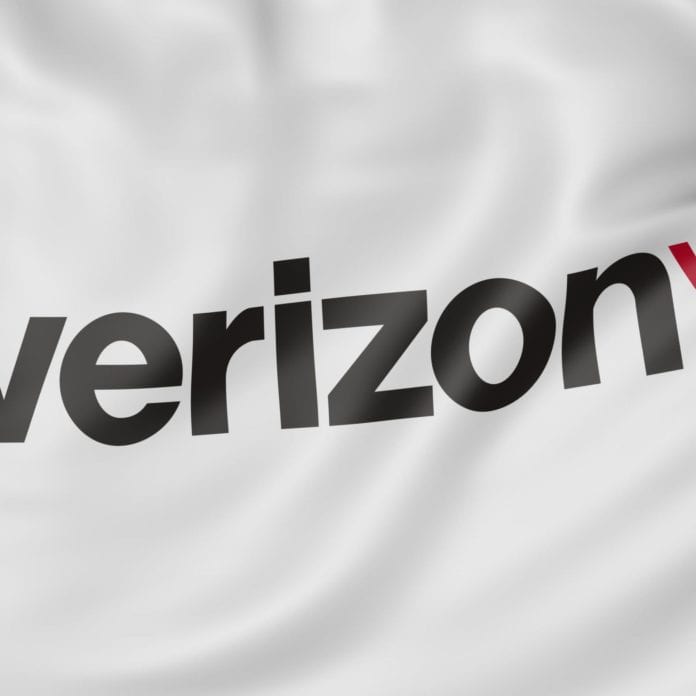4K video streaming 5G test used 28 GHz spectrum
Earlier this month, inside a Nokia facility in Murray Hill, N.J., the network infrastructure vendor worked with Verizon and Qualcomm to complete what is being billed as the first over-the-air call based on 3GPP’s non-standalone 5G New Radio specification and using licensed millimeter wave spectrum.
Verizon, based on its acquisition of licenses previously held by XO Communications, has licensed millimeter wave spectrum holdings in the 28 GHz and 39 GHz bands. This test used 28 GHz spectrum, according to Verizon spokesman John O’Malley, and transmitted a 4K video stream. “With the bandwidth 5G provides on millimeter wave spectrum, we felt 4K video was the best application to showcase the technology versus an over-the-top voice call,” O’Malley said in a statement to RCR Wireless News.
On the network side, the test used a Nokia AirScale baseband and radio, AirFrame server and AirScale Cloud RAN equipped with standard-compliant software. Qualcomm provided a prototype smartphone form factor device that supports millimeter wave spectrum, which the chipmaker debuted in September 2017.
Earlier this month Nokia and Qualcomm conducted standards-based interoperability testing using commercially available Nokia equipment and Qualcomm device prototypes. That testing focused on the 3.5 GHz band, seen as a key global 5G roaming band, and the 28 GHz band.
Referencing the previous work with Qualcomm, Nokia Mobile Networks President Marc Rouanne said, “Using the successful interoperability testing we conducted with Qualcomm as a basis, we’re now applying our standard-compliant 5G technology in this trial with Verizon to push the commercialization of 5G.”
To that end, Verizon is planning to offer a standard-compliant 5G commercial service later this year. Building on tests conducted throughout 2017, Verizon is targeting the second half of this year to use fixed wireless to provide a residential enhanced mobile broadband service. Plans call for an initial deployment in Sacramento, Calif., with additional deployments in two to four more markets.

